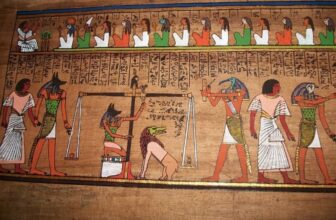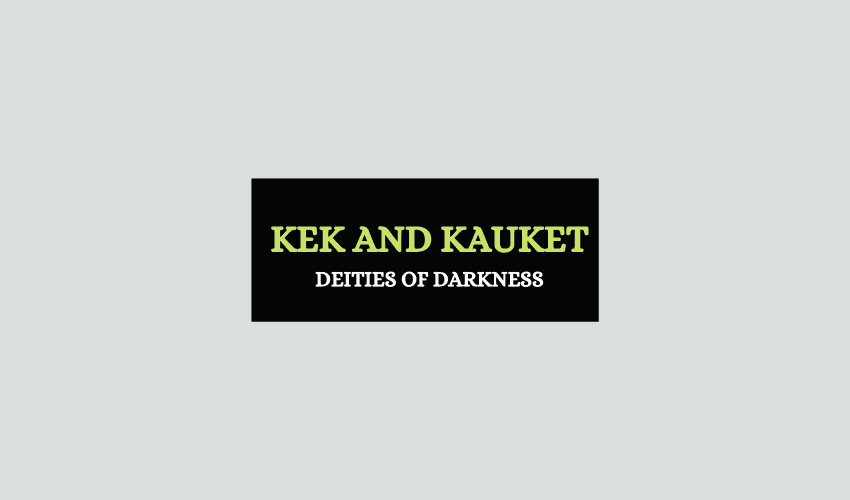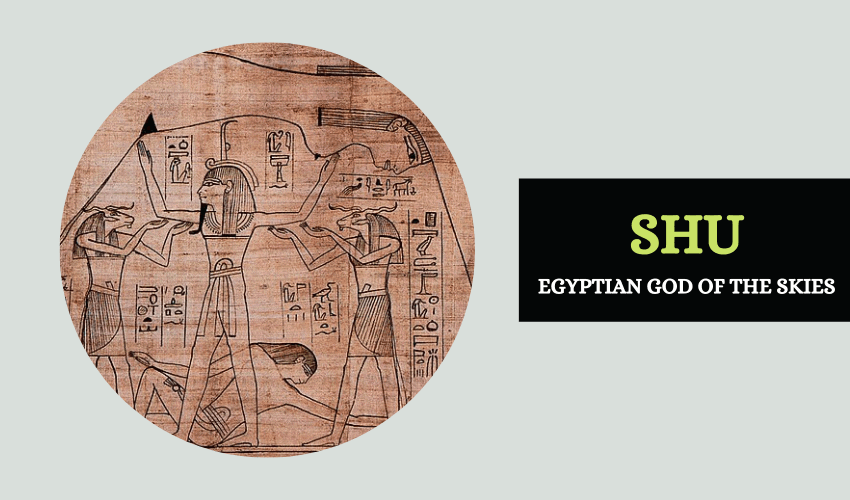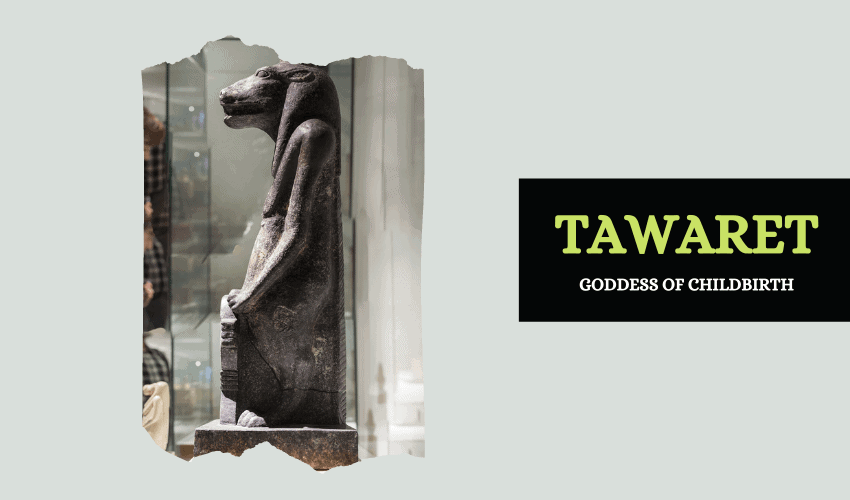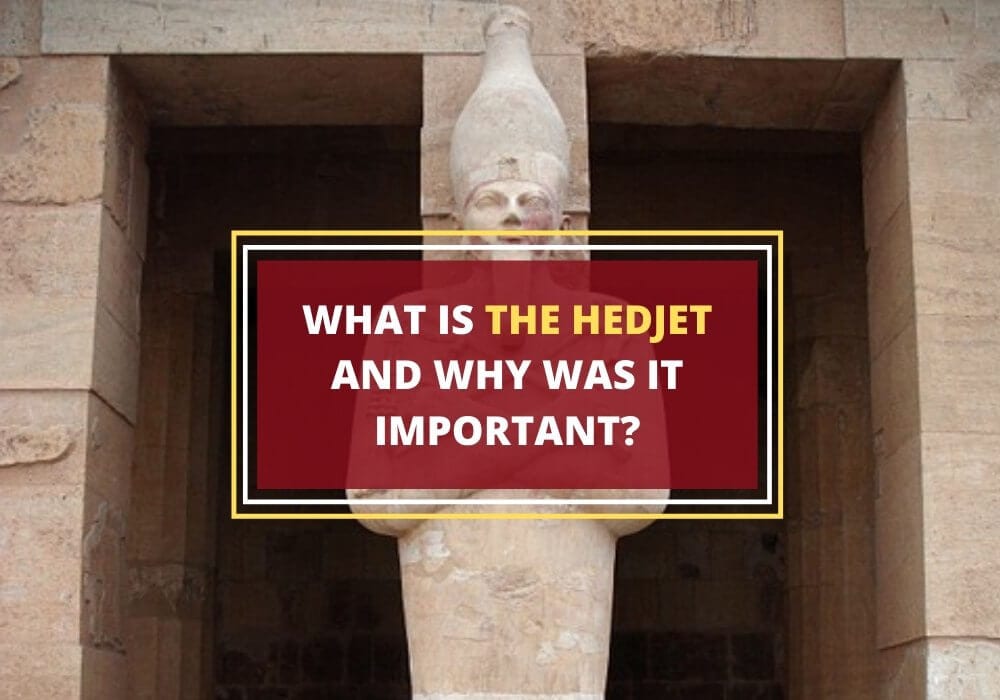
Table of Contents
The Hedjet is an ancient Egyptian symbol that isn’t technically a hieroglyph but is widely recognizable and very symbolic nevertheless. Referred to as the “White Crown”, it’s the depiction of an old Egyptian crown or a royal headdress from the Upper (southern) Egyptian kingdom.
The hedjet is commonly drawn on various pharaohs from that period as well as with certain gods and goddesses such as the falcon god Horus or the patron goddess of the kingdom – Nekhbet. Here’s a look at the intriguing origins and symbolism of the hedjet.
How Did the Hedjet Originate?
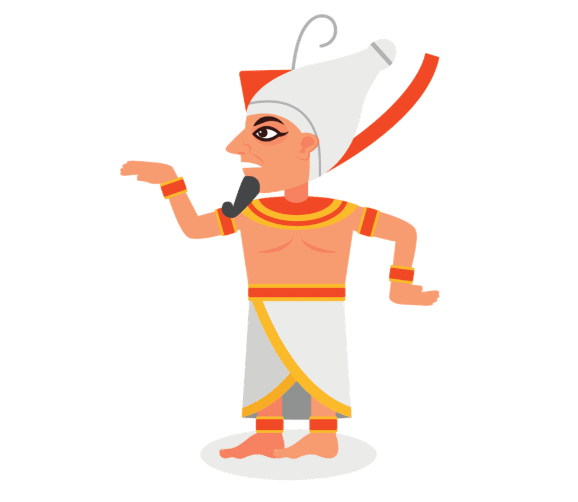
The Hedjet is a remnant of the oldest known periods of ancient Egypt’s history. Before the unification of Upper and Lower Egypt in 2686 BCE, the two kingdoms had distinctly different traditions and ruling religious cults. While the patron deity of Lower Egypt was the goddess Wadjet, the patron of Upper Egypt was Nekhbet – the White Vulture goddess. As such, a lot of the royal symbols and traditions were connected with that diety and the Hedjet is no exception.
The White Crown has an elongated design, reminiscent of a stretched gourd. Historians and archeologists know about the iconic crown only from its artistic depictions as no physical Hedjets have been preserved through the millennia.
Various theories about its actual look, workmanship, and materials exist, some believing it was made out of leather, others – out of textile. Most are of the opinion that the crown was woven like a basket out of plant fibers. The lack of any physical findings of Hedjet crowns has led historians to also believe that the crown was passed from one regent to another, much like in other monarchies.
What’s the Difference Between Hedjet, Deshret, and Pschent?
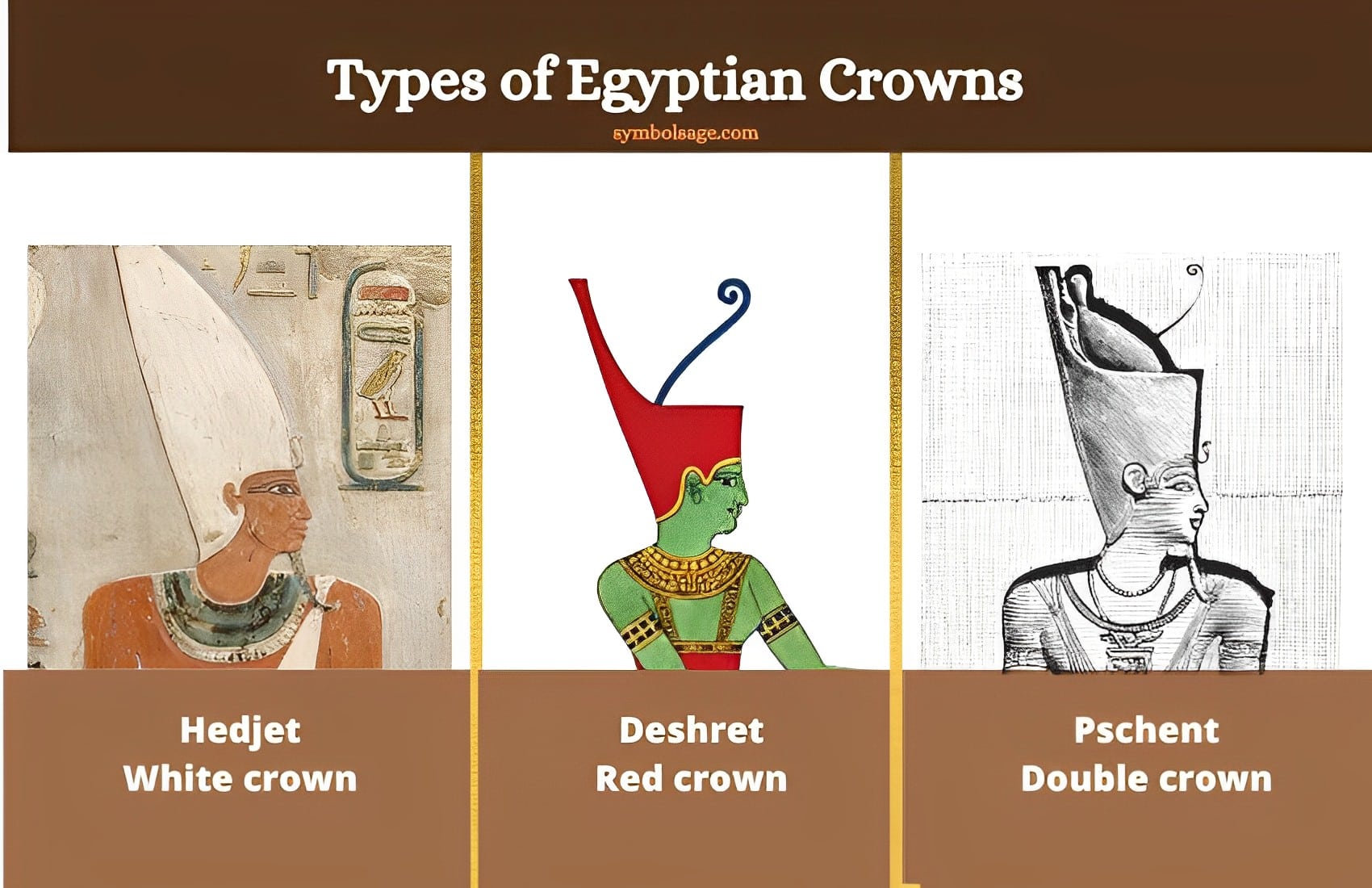
- Lower Egypt: Goddess Wadjet = Hedjet crown (a.k.a the white crown) with uraeus
- Upper Egypt: Goddess Nekhbet = Deshret crown (a.k.a. the red crown) with vulture
- Unification of Lower and Upper Egypt: Hedjet + Deshret = Pschent (a.k.a. the double crown)
Much like the Hedjet was the crown of the rulers of Upper Egypt, the Deshret was the headdress of rulers in Lower Egypt. Dubbed “The Red Crown”, the Deshret had a more bizarre shape. It looked like an actual throne even though that similarity was likely accidental. Out of the main body of the headdress came an ornament that looked like a curved reptile’s tongue. This may or may not be related to the fact that the patron goddess of Lower Egypt of the time was Wadjet, represented as a king cobra.
The Deshret is similar to the Hedjet in that both the Red and White crowns served similar purposes in their respective kingdoms. What’s also curious is that after the unification of Egypt, subsequent rulers of the two kingdoms were depicted wearing both crowns at the same time. The combination of the Red and White crowns was known as the Pschent and it’s fascinating how well the two headdresses seemed to fit together, at least in their two-dimensional representation.
With the unification of the two crowns in a single headdress, monarchs of the new Egyptian kingdom also wore the head ornaments of both crowns. This was the Uraeus “rearing cobra” ornament of the Deshret and the “White vulture” ornament of the Hedjet.
What Does the Hedjet Symbolize?
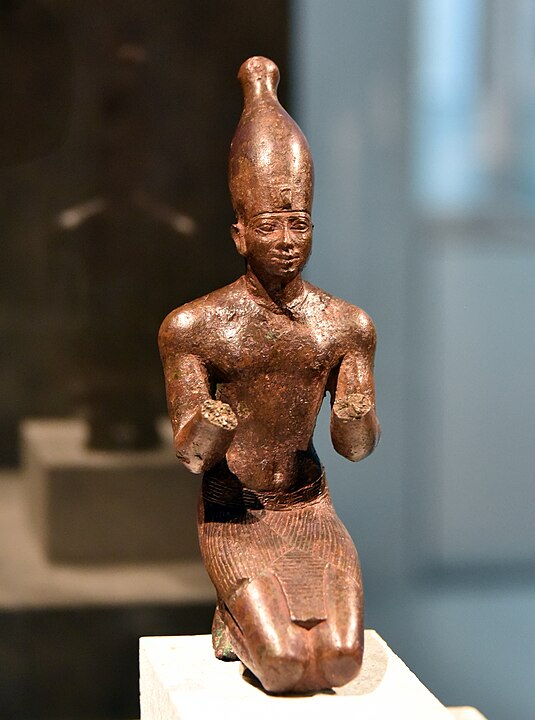
As the headdress of kings, the Hedjet has a clear meaning. It’s the same meaning that can be ascribed to the Deshret, the Pschent, and other royal crowns – the sovereignty and divine authority of the ruler. As the Hedjet was never really a hieroglyph, however, it wasn’t typically used to express that in writing. Today the Hedjet remains only in pictorial representations of Egyptian deities, kings and queens from ancient times.
- Unity and Sovereignty: While the Hedjet specifically represents Upper Egypt, its frequent pairing with the Deshret (the Red Crown of Lower Egypt) in art and iconography symbolizes the unification of the two regions under a single pharaoh. Together, they emphasize the pharaoh’s power and legitimacy over the combined lands of Egypt.
- Divinity and Cosmic Order: The crowns of Egypt, including the Hedjet, weren’t just political symbols. They were also religious. Wearing the Hedjet, the pharaoh was seen not just as a ruler but as a divine being, maintaining Ma’at (the cosmic order and balance) on behalf of the gods.
- Cultural Identity: Given its ancient origins, the Hedjet is a testament to the distinct cultural identity of Upper Egypt, which had its own religious centers, deities, and practices, many of which played foundational roles in the formation of unified Egyptian civilization.
Why Have None of These Crowns Been Found?
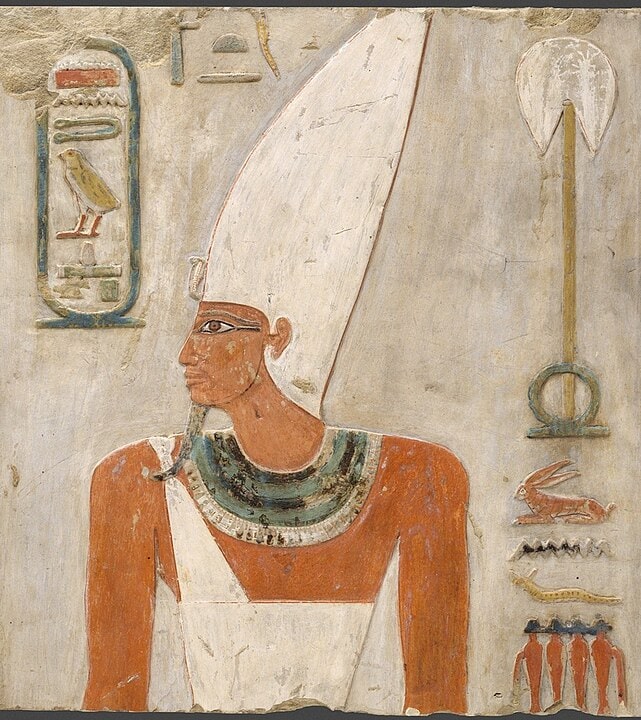
As is the case with the Hedjet, no Deshret or Pschent crowns have survived to modern days and we only know them from their visual representations. This is likely because so far back in history all three crowns were made out of perishable materials. Also, not many crowns would’ve been made, if they were passed from one ruler to another.
Nevertheless, the curious fact of how well the two crowns are shown to have fit together does raise the question:
Were the Hedjet and the Deshret ever really physically united into the Pschent, or are their representations just symbolic?
Wrapping Up
From all the Egyptian symbols, the Hedjet stands out as more than just a piece of royal regalia. It embodies the rich cultural heritage, the political divisions, and the deep-seated beliefs of ancient Egypt. It remains an important part of Egyptian culture.
Related articles
Eye of Ra vs. The Eye of Horus – Are They the Same?
Wadjet – Patron Goddess of Egypt
The Ba: Ancient Egypt’s Symbol of Soul and Immortality
Uraeus: Meaning of the Ancient Egyptian Snake Symbol




